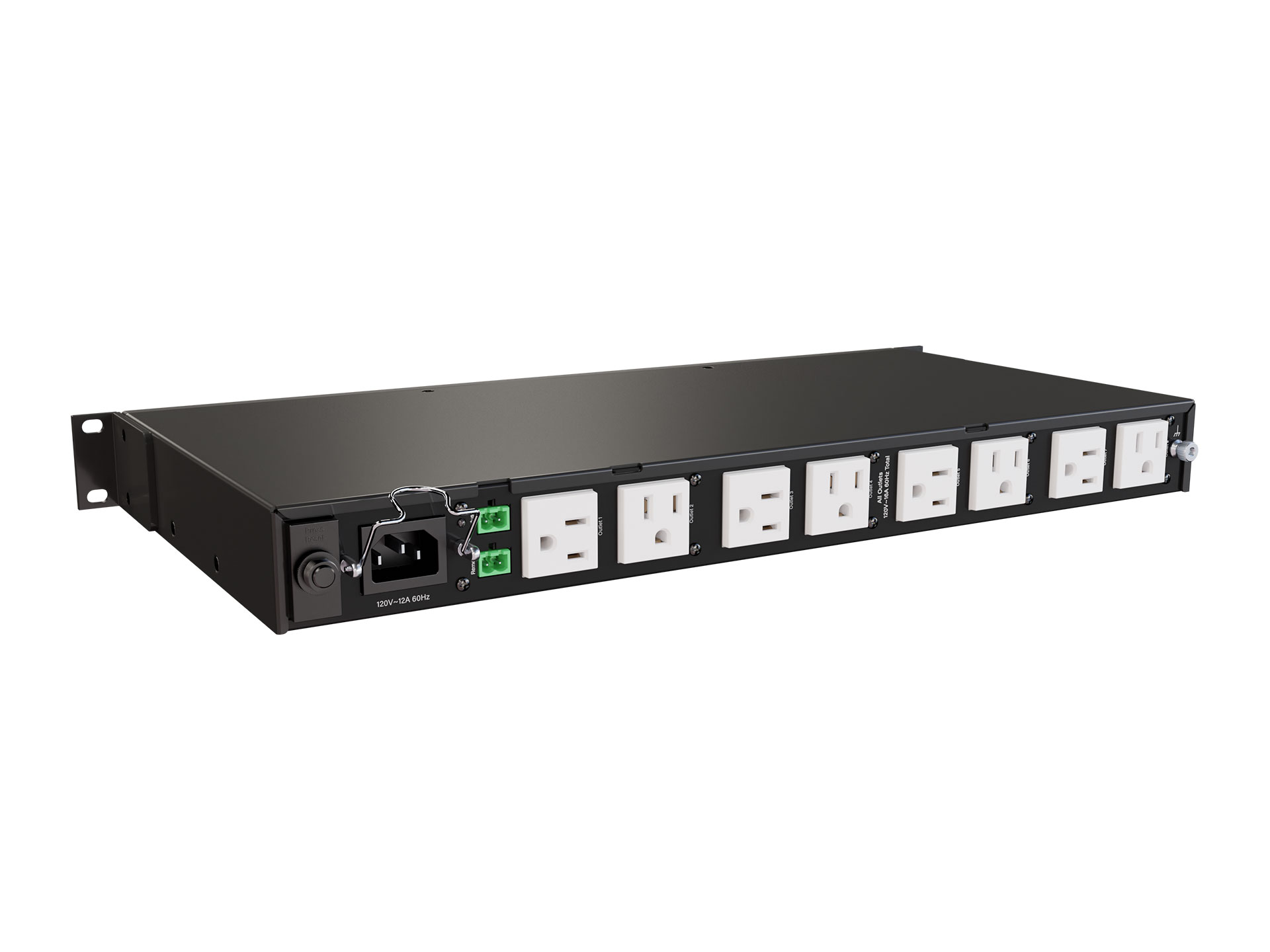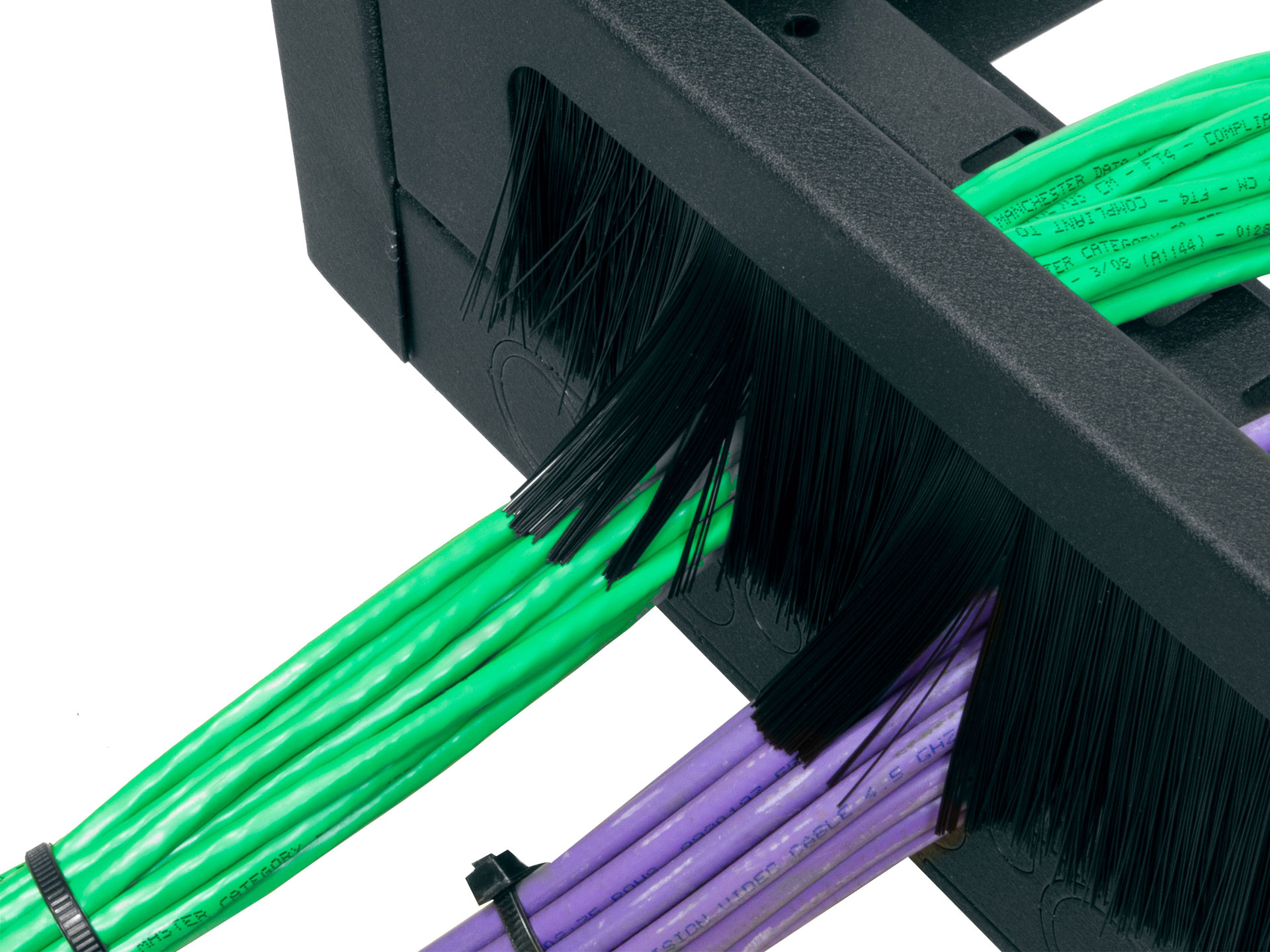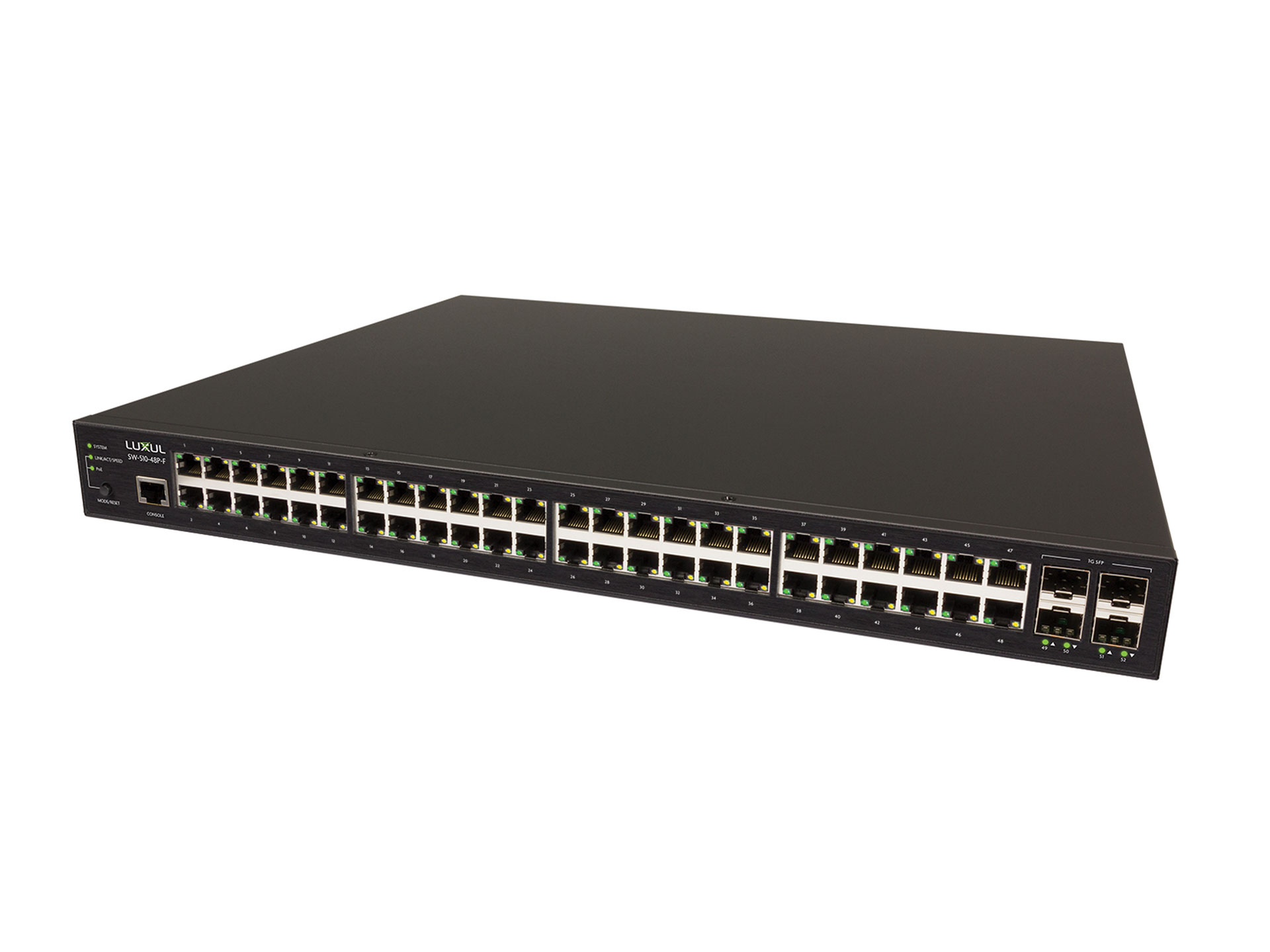What Is An AV Rack & Why Use One For Your Conference Space?
Setting up a conference space with high-quality audiovisual (AV) equipment requires careful planning and organization. One essential component in this setup is the AV rack, which is your AV system's backbone. AV racks house your equipment and provide critical support functions such as cooling, security, and cable management. You can create a more efficient and professional environment by understanding how AV racks work and their benefits. Join us as we discuss an AV rack, how it works, and why it benefits your conference space.
What is an AV rack?
An AV rack is a framework that houses and organizes various AV equipment, such as servers, amplifiers, switches, and cabling. It provides a centralized, secure location for managing AV components, ensuring they operate efficiently and are easily accessible for maintenance and upgrades. AV racks come in various types, including wall-mounted racks, floor-standing racks, and mobile racks, each designed to meet specific needs and space requirements. In conference rooms, AV racks help streamline complex AV setups, enhancing both functionality and professionalism.
How do AV racks work?
AV racks are designed to organize and cool AV equipment. They use a standardized framework to mount equipment, ensuring proper ventilation through airflow systems that prevent overheating. The racks also incorporate comprehensive cable management solutions, allowing for tidy and efficient cable routing, which minimizes interference and enhances system performance. This setup extends the life of AV equipment and makes maintenance and upgrades more straightforward, ensuring long-term reliability and efficiency.



What goes in an AV rack?
An AV typically includes:
-
Servers and Media Players: Servers and media players are essential components for streaming and storing digital content. It is important to ensure these devices are properly mounted, adequately cooled, and thoroughly ventilated within the AV rack to prevent overheating and ensure optimal performance.
-
Amplifiers and Audio Processors: Amplifiers and audio processors enhance and control audio signals. They should be placed in the AV rack with sufficient space around them to allow for proper airflow and cooling.
-
Network Switches and Routers: Network switches and routers manage data traffic and connectivity within the AV setup. Proper cable management is crucial to maintain organized and efficient network connections, reducing the risk of signal interference.
-
Power Distribution Units (PDUs): PDUs provide and manage power to all the equipment in the AV rack. They must be equipped with surge protection to safeguard against electrical surges and ensure a stable power supply.
-
Cable Management Systems: Cable management systems keep all the cables organized and secure. This improves the appearance of the AV rack and facilitates more manageable maintenance and troubleshooting by preventing cable tangles and damage.
-
Control Systems and Switchers: Control systems and switchers allow for the seamless operation and switching of different AV sources and outputs. These devices should be easily accessible within the rack for quick adjustments and control.
Why use an AV rack?
Using an AV rack offers several benefits:
-
Improves Organization: AV racks help keep all your AV equipment neatly organized, reducing clutter and making it easier to manage.
-
Cools and Ventilates: Proper ventilation and cooling systems within AV racks prevent equipment from overheating, ensuring optimal performance.
-
Increases Security: AV racks provide a secure enclosure for your valuable equipment, protecting it from damage and unauthorized access.
-
Simplifies Maintenance and Upgrades: Having all AV components in one place simplifies maintenance and allows for easy upgrades and replacements.
-
Professional Appearance: AV racks contribute to a clean and professional look in your space, creating a positive impression for clients and visitors.
How to Design an AV Rack - 5 Best Practices
To get the most out of your AV rack design, follow these guidelines:
-
Properly Ventilate: Ensure your AV rack design includes adequate ventilation to prevent overheating and ensure efficient operation of all components.
-
Cable Management: Implement a cable management system to keep cables tidy and easily accessible.
-
Weight Distribution: Distribute the weight of the equipment evenly within the rack to maintain stability and prevent tipping.
-
Future Expansion: Design the AV rack with future expansion in mind, allowing for additional equipment and upgrades as your needs evolve.
-
Accessibility: Ensure that the AV rack allows easy access to equipment for maintenance and troubleshooting without requiring significant disassembly.
Explore Our AV Rack Selection
Using an AV rack is a wise investment for any conference space, providing numerous advantages regarding organization, cooling, and security. AV racks facilitate easy access for maintenance and upgrades, helping to keep your system up-to-date with minimal hassle. They also enhance the overall aesthetic of your space, presenting a clean and professional look to clients and visitors. The right AV rack can transform your AV setup, ensuring it meets current and future demands.
Browse Legrand | AV’s extensive range of AV racks to enhance your conference space's efficiency and aesthetic appeal.

